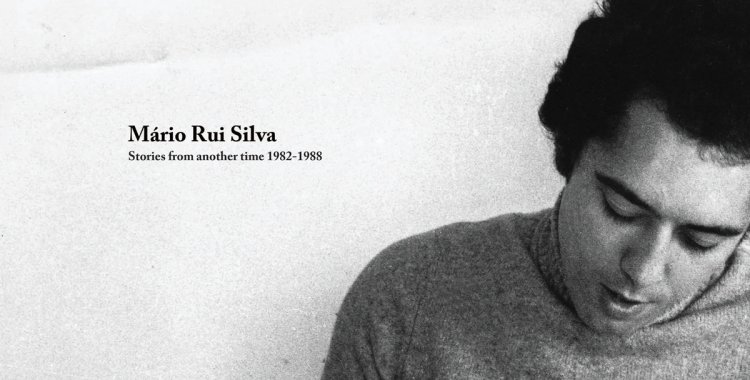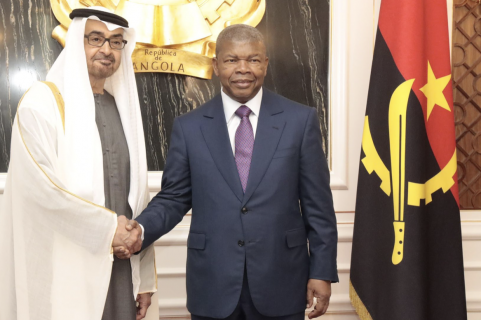"I feel that Mário is a kind of hidden legend, that nobody knows, but when you look at his work, you see how beautiful and well done it is," says Kay Suzuki, responsible for the label Time Capsule, to Lusa news agency.
The compilation, entitled "Stories From Another Time 1982-1988", focuses on the three records recorded by Mário Rui Silva in Angola in the 1980s: "Sung'Ali" (1982), "Tunapenda Afrika" (1985) and "Koizas dum Outru Tempu" (1988).
The edition seeks to document the musician's journey to the core of traditional Angolan music, while crossing it with jazz languages, classical instrumentation or rhythms from various parts of West Africa.
The music "arises from a collective instinct to affirm a cosmopolitan Angolan identity, free from the paternalistic ideas of Lusotropicalism," explains the label.
"There was a need within me to contribute to doing new things," says the artist, quoted by the label in the album notes.
With the guitar at the center, as has always been the case in the career of Mário Rui Silva, the songs also reflect the artist's meticulous work as a scholar of his country's culture, be it the semba as a musical language, or the language, as exemplified by the publication of his essay for a comparative grammar between Kimbundu and Portuguese.
Born in Luanda in 1953, Mário Rui Silva was a disciple of Liceu Vieira Dias, considered one of the "fathers" of Angolan popular music, and co-founder of N'Gola Ritmos, a musical group that used music as a form of resistance to Portuguese colonialism.
It was from the teachings of Liceu Vieira Dias that Mário Rui Silva "gained a technical, political, and spiritual understanding of Angola's musical culture," notes the Time Capsule label.
"He is a very humble musician, but technically what he does with the guitar is impressive, and then the messages he conveys in the songs almost gravitate to the blues tradition," Kay Suzuki points out.
In addition to a very worked guitar and a certain melancholy in the songs, there is also a lot of percussion work that left the London label surrendered.
"The percussion is all very precise" and, although it is rhythmically "complex," it seems to be done "effortlessly," he noted.
The songs also cross several West African influences, counting even with the integration of a kora, built by Mário Rui Silva himself, he underlined.
"He is very interested in harmony and you can see in the albums his understanding of harmony, which is expressed even more comprehensively with the interaction of the guitar with the saxophone and piano in the 1980s," said Kay Suzuki.
The compilation came about after one of the album's curators, Sam Jacob, discovered the album "Koizas dum Outru Tempu" in a store in London.
"When he played it at a party, everyone jumped into the booth to see what record it was," Kay recalls.
The two eventually went looking for the rest of Mário Rui Silva's work, contacted the artist, and decided to go ahead with the publishing.
"The concept of the label is that all music has a good story behind it and you can capture that moment, like in a time capsule. This album is very experimental, it seems that it has almost no boundaries, that he was making a journey of his own, but it focuses on this study of semba, of its roots," he clarified.
Despite not having had a "great impact in Angola or in Portugal, he is an impressive artist", whose story "deserves to be told", he stressed.
The edition, in a double vinyl, will be released on June 25, with worldwide distribution, and can be booked from the Bandcamp platform (https://timecapsulespace.bandcamp.com/album/stories-from-another-time-1982-1988).







